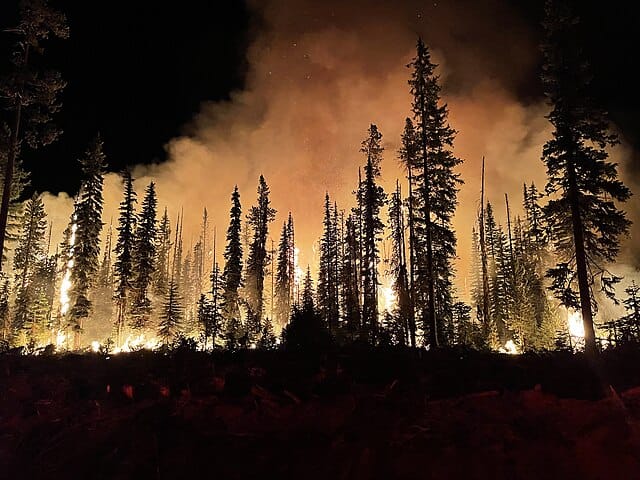Pyrocumulonimbus clouds—towering thunderclouds born from wildfire heat—are becoming an increasingly dangerous force in today’s fire-prone world. Unlike typical storm clouds, these massive systems form when the intense heat from large wildfires creates powerful updrafts, carrying smoke, ash, and moisture high into the atmosphere. As the rising air cools and condenses, it forms thunderclouds that do far more harm than good.
Far from offering relief, pyrocumulonimbus clouds often worsen fire conditions. They generate lightning capable of sparking new fires miles away from the original blaze, while their strong winds can fan existing flames, pushing wildfires across vast stretches of land with alarming speed. Despite their storm-like appearance, these clouds rarely produce significant rainfall—leaving the fires beneath them undoused and free to spread.
Beyond their immediate impact, pyrocumulonimbus clouds can inject massive amounts of smoke and aerosols into the upper atmosphere, affecting air quality and even altering local weather patterns. As climate change fuels more frequent and intense wildfires, these fire-fueled clouds are becoming more common—and more destructive. Their growing presence is a stark reminder of the increasingly volatile relationship between Earth’s atmosphere and its burning landscapes.




















